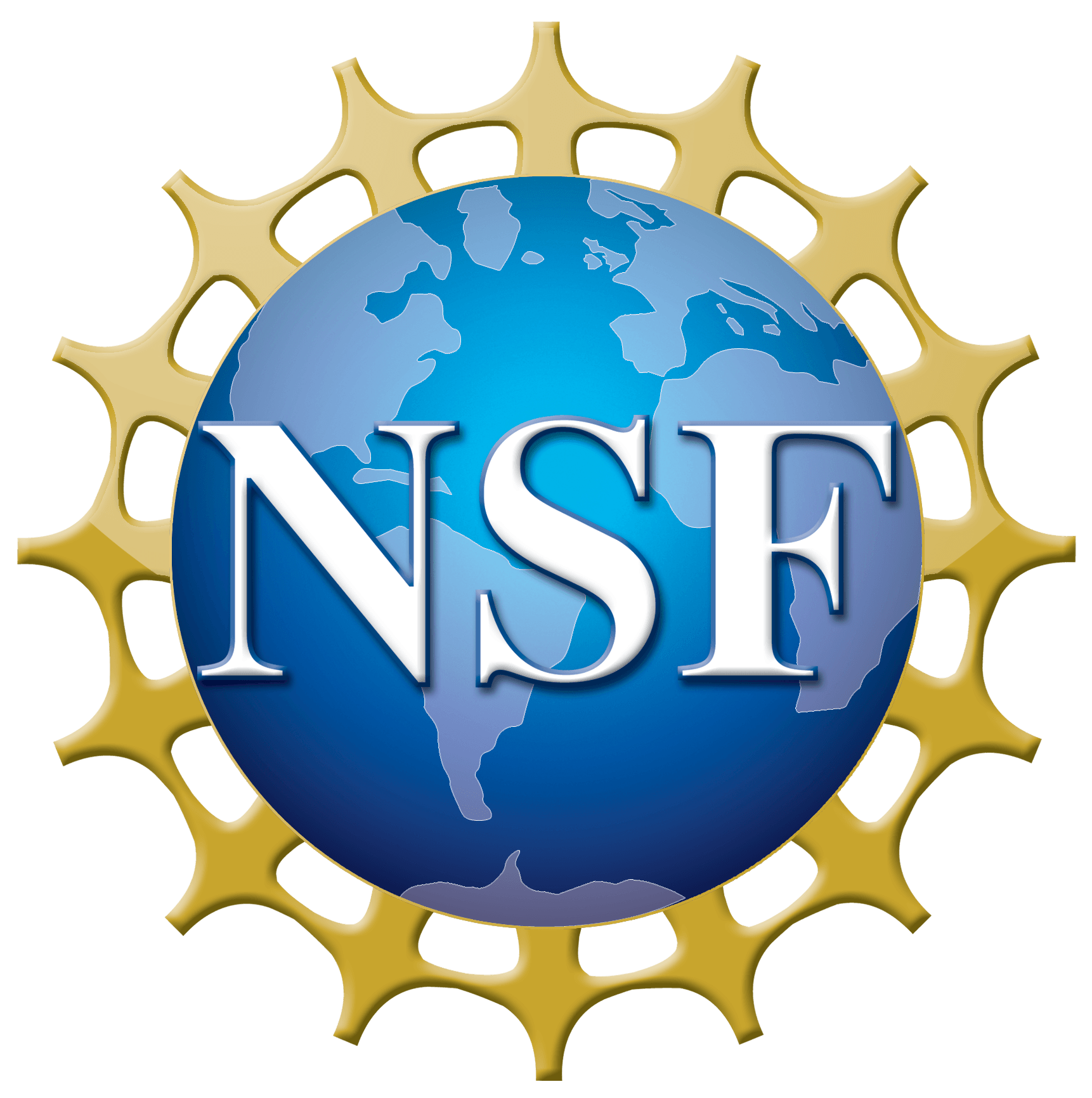Question: Would it be possible to detect dark matter near the earth by sending out a space craft to…
Select :
AsteroidsBlack HolesCareers in AstronomyCelestial EventsCometsConstellationsCosmic DistancesCosmic Microwave BackgroundCosmologyExoplanetsGalaxiesGravity WavesHoaxesMoonPhysicsPlanetsRadio AstronomyScientific MethodSETISolar SystemSpace ProbesStarsSunTelescopesUnexplained Celestial Observations
Is NASA Going to Send Astronauts to Mars?
Question: Is it true that NASA is finally going to let astronauts explore the planet Mars? — Nikita Answer:…
Why is the New Horizons Flyby of 2014 MU69 So Much Closer than its Pluto Flyby Distance?
Question: There is talk of New Horizons travelling to another object in the Kuiper Belt. The fly by will…
Spacecraft Launched in the 1970s Which Were Inscribed with Names?
Question: My dad has always told me about how his name is floating out in space on some spacecraft….
How Strong is the Signal from the Voyager 1 Spacecraft When it Reaches Earth?
Question: What is the signal strength in watts received by the VLBA that is transmitted from Voyager 1? I…
Why is the New Horizons Spacecraft Slowing Down?
Question: Why is New Horizons slowing down? I check it on line every day and its speed is constant….





